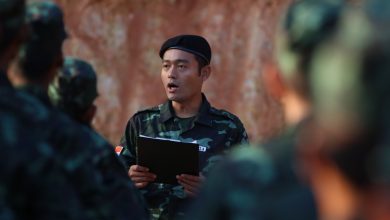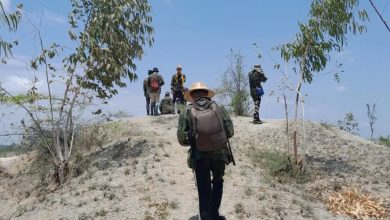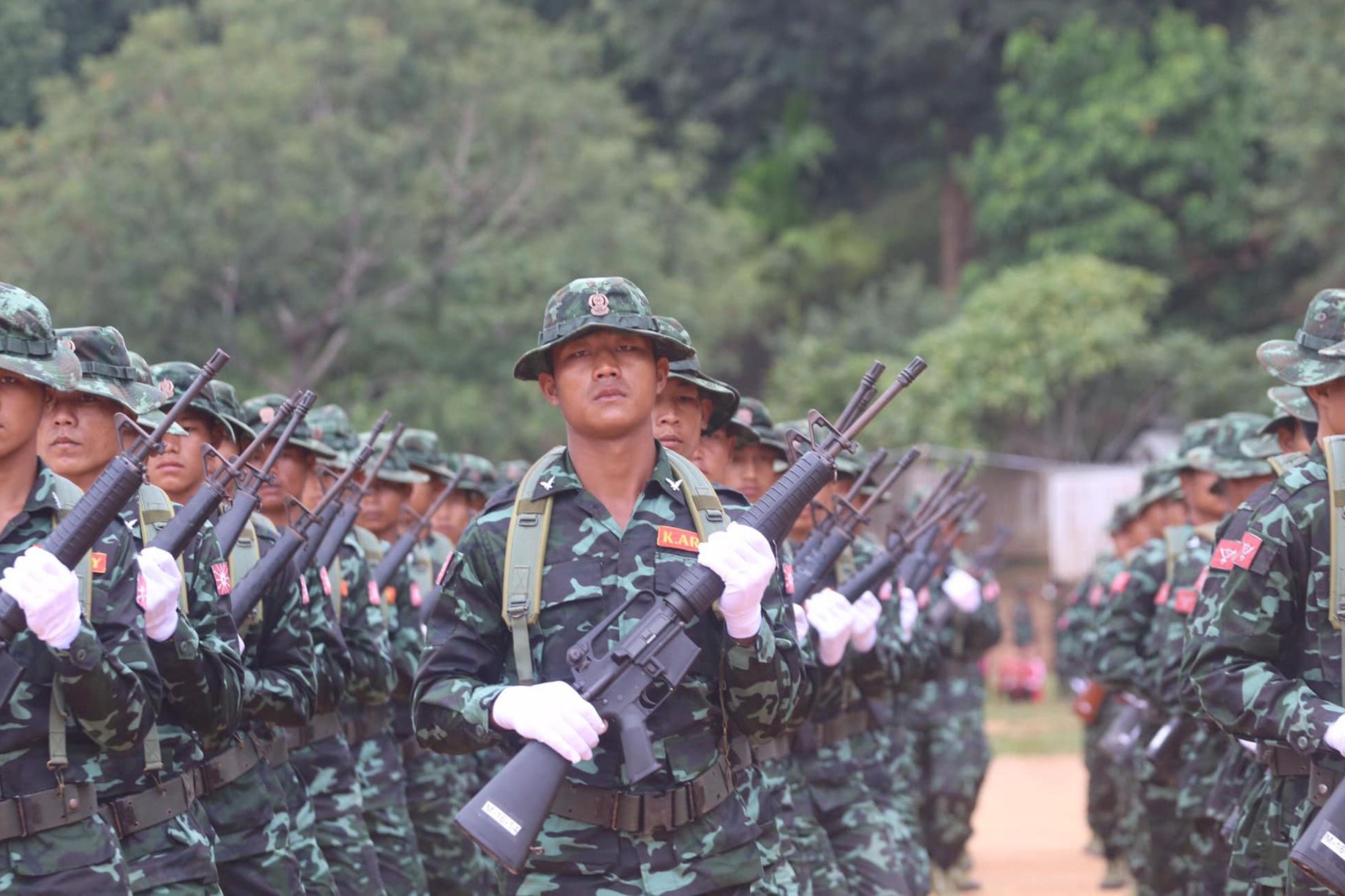
The novel coronavirus was first reported in Wuhan, China in late December and has since spread across the globe. It has killed more than 60,000 people and infected more than one million.
Myanmar reported its first two cases of Covid-19, the disease the virus leads to, on March 23. As of April 5, 21 people have tested positive for the virus and one has died.
The ministry of health and sports warned of the possibility of a ‘major outbreak’ after some 23,000 migrant workers returned to Myanmar from Thailand in recent weeks, at least one of whom has tested positive.
Myanmar Now asked Dr Tha Tun Kyaw, the ministry’s director-general and newly appointed spokesperson, about the ministry’s efforts to curb transmission of the disease.
Some regional governments have introduced new travel restrictions for the month of April. What has the ministry advised regional governments to do during this period?
Technically, this is a very important period. I urge the public to try to stay home during this time so that we can curb the spread of the virus. We want travel restrictions and we want people to stay home so they don’t expose themselves. The first two weeks of April are extremely important to us. The health ministry provides technical advice on restrictions but local authorities and administrations have to implement and enforce them themselves. Our job is to investigate cases and treat those individuals who are already confirmed to be infected before cases spread more across the country.
Can you describe the situation Myanmar is currently facing?
We reckon Myanmar will not experience the high rates of death and infection that some European countries have seen because of the climate here. Europe is very cold right now and it’s currently above 40C (104F) here, which makes it difficult for the virus to survive outside. (Though some early studies have suggested tropical climates may slow transmission, most in the scientific community take a more cautious stance on this, insisting too little is yet known about the new virus.)
Another factor is that we are enforcing mandatory quarantines in every state and region for those returning from overseas, separating them from others. Through this, we can minimize transmission.
The third factor is public awareness. We’ve already seen people in remote areas and small towns setting up community quarantine facilities separated from residential areas for those coming back from foreign countries and even from Yangon. In my opinion, this proves they’re highly aware of the virus. This is a good sign.
The last factor regards what the health ministry has implemented. We test suspected patients and isolate and treat those who test positive. We’re also trying to scale up testing. If there are more infections, we’ve arranged to expand treatment capacity at hospitals. Depending on the patient’s condition, we’ll put them at Wai Bar Gi Hospital or South Okkalapa Hospital in Yangon. In Mandalay, there is Kantaw Nadi Hospital, and we’ve arranged for the treatment of patients at public hospitals in different states and regions.
The government has formed one committee led by the vice-president (Myint Swe) and another by state counsellor Aung San Suu Kyi. Both committees are working with several government ministries, including ours.
Considering all these factors, I think Myanmar will not see the devastation some European countries are seeing.
What is the situation in regards to Myanmar’s level of essential equipment for patients in critical condition, like ventilators?
Data show that only four or five of every 100 patients who test positive end up needing a ventilator. We’ve prepared our hospitals using this data. The preparations we have made at our hospitals will be enough.
Where does Myanmar’s testing capacity stand?
We have performed 1,108 tests in total so far. Only 20 people tested positive. We are trying to improve testing capacity. Currently, the National Health Laboratory (NHL) is capable of testing up to 300 lab samples a day. We’re testing on average 80 people every day, following the guidelines we’ve established for who needs to be tested.
We have arrangements in place to scale up the testing capacity if we see an increase in patients. There will be a new lab in Mandalay soon and there are plans to improve the NHL lab in Yangon. There is no need to worry.
How do you respond to criticisms that Myanmar’s low infection count is the result of its low rate of testing?
Not everyone needs to be tested. We are testing those who should be tested according to the guidelines from WHO. We don’t need to test everyone we see.
How is Myanmar working with other countries that have already treated Covid-19 patients?
We are involved in joint treatment research with other Southeast Asian nations arranged by the WHO. Also, a group of Chinese experts are coming to Myanmar to help. (They are expected to arrive early this month.)
How many medical workers have been quarantined so far? How many medical workers will be needed to face this pandemic?
Besides the medical staff assigned by the ministry, we also have many volunteers. There should be no difficulty regarding medical professionals. We have enough equipment, medicine and medical professionals.
A total of 70 medical workers are currently in quarantine across the country.
There are debates over whether or not people need to wear face masks, and if social distancing demands three feet or six feet between people. What does the ministry recommend?
I would say people should wear masks. Looking at the United States’ high rate of death and infection, scientists are looking into whether the virus can travel through the air. (The virus is known to travel through air, but there is some uncertainty about how large and how far viral particles travel.) This is a new virus and we still can’t say certain things for sure. However, people should wear masks and I urge everyone to do so.
The minimum physical distance between people should be three to six feet. That’s why we want travel restrictions implemented.
This interview was edited for clarity and brevity. Translated by Tin Htet Paing



